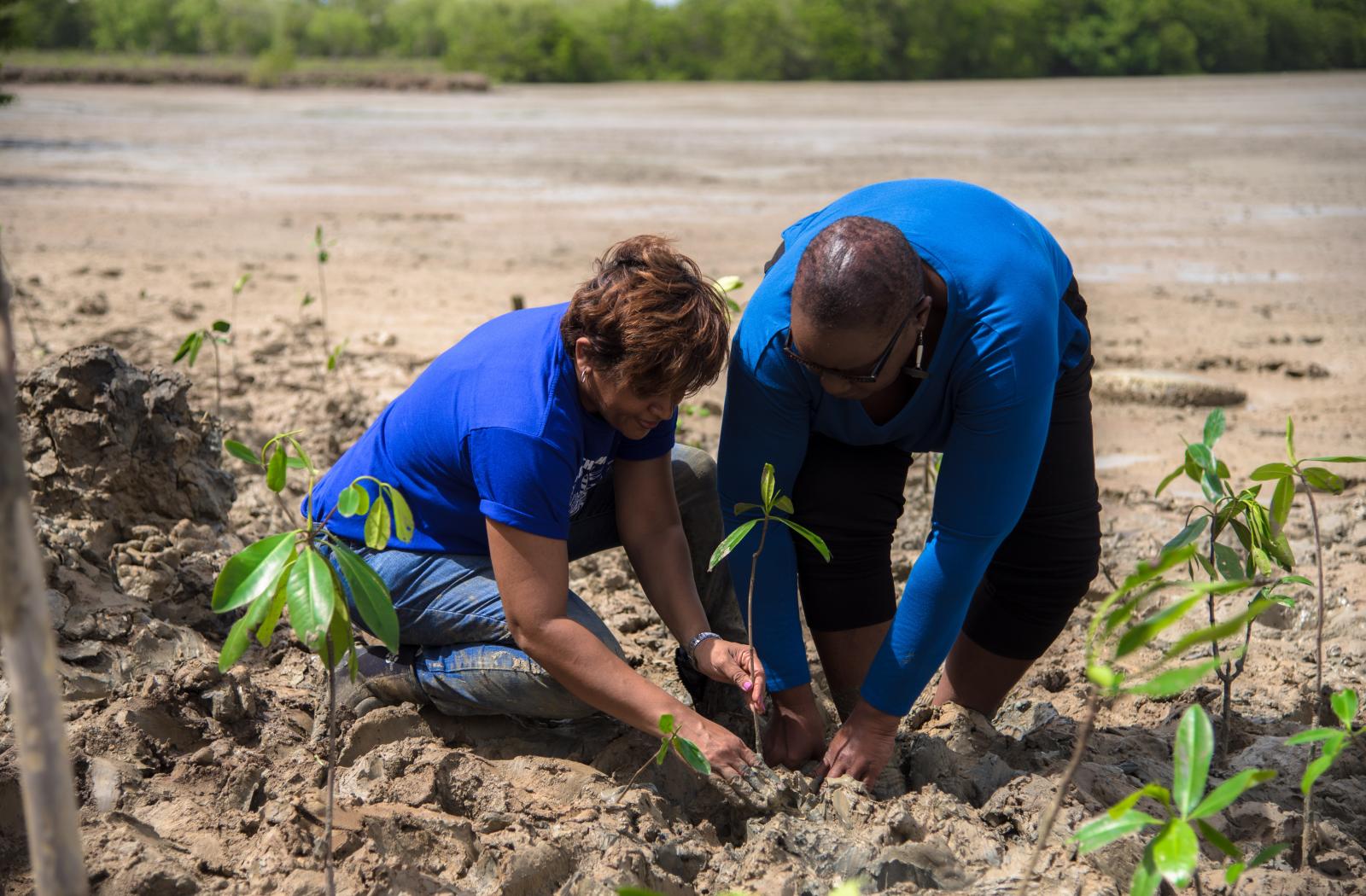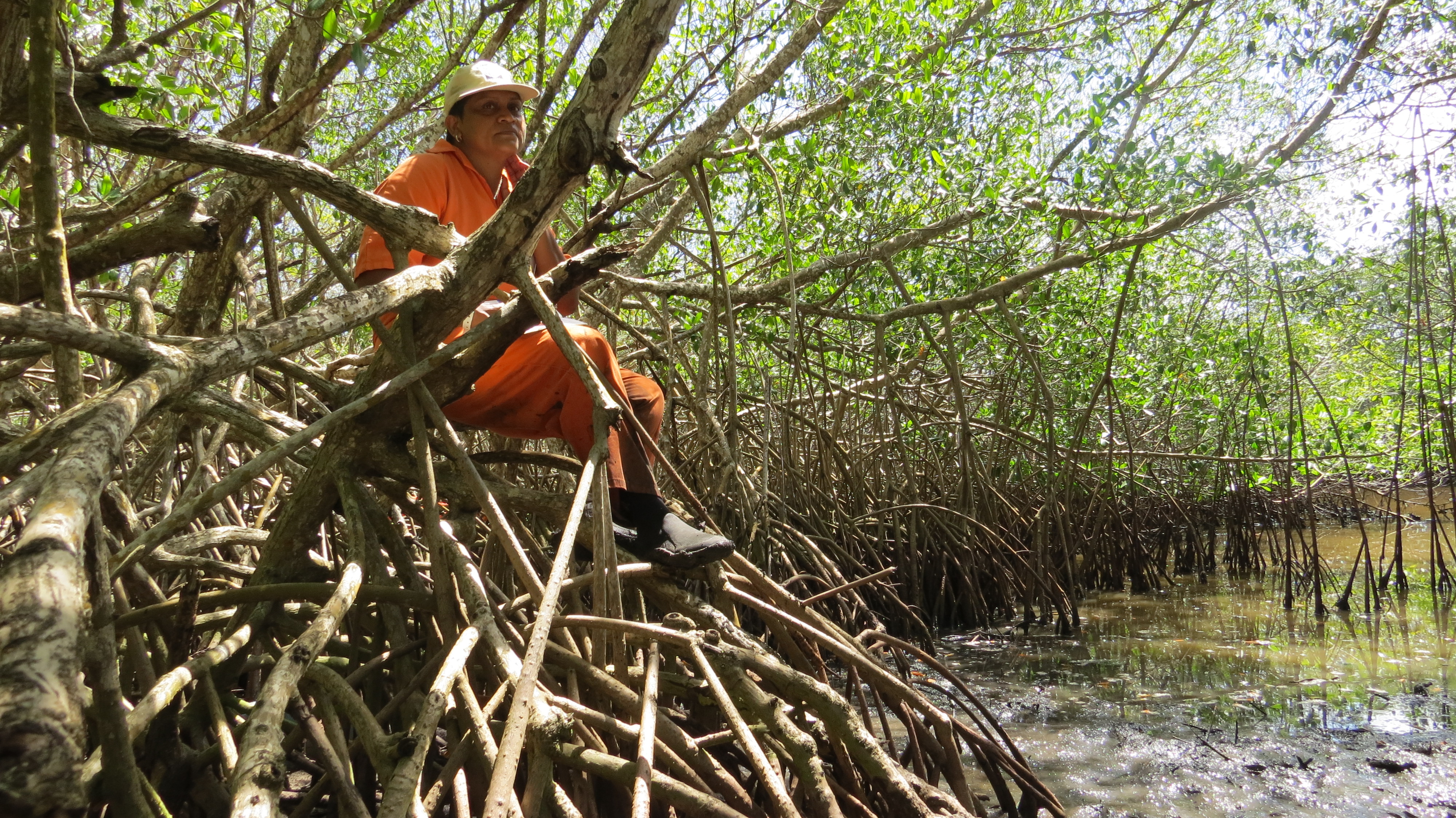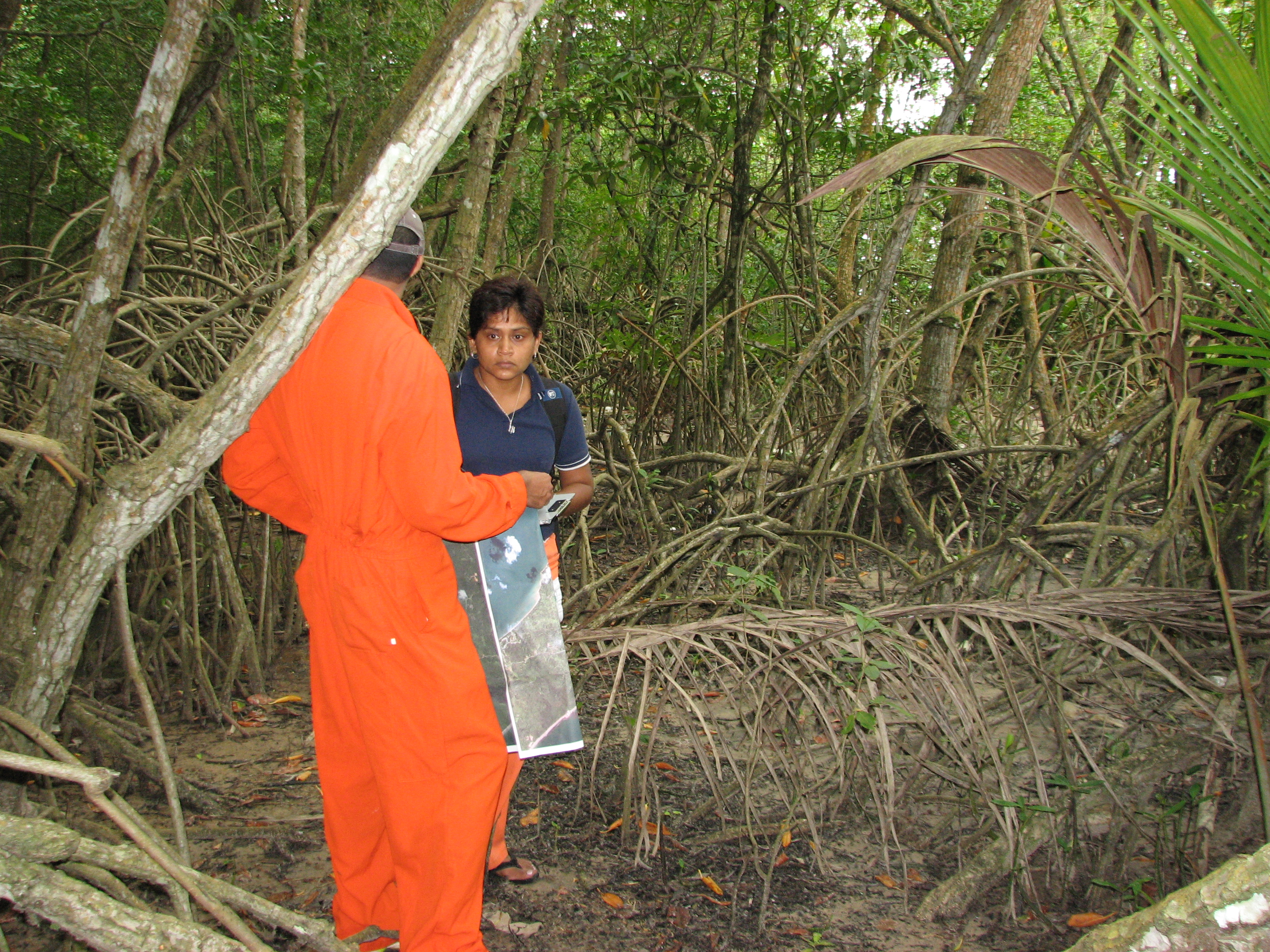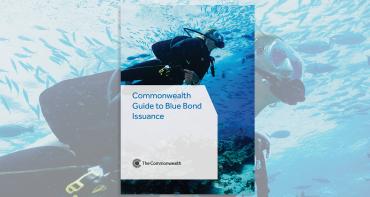By Dr Rahanna Juman, Deputy Director: Research, Institute of Marine Affairs, Trinidad and Tobago, and co-Champion of the Commonwealth Blue Charter Mangrove Ecosystem and Livelihood Action Group

Among the 56 Commonwealth countries, 41 of the member countries host mangroves, accounting for one-third of all global mangroves. Mangrove forests are prolific ecosystems located where land and sea meet in the tropical and subtropical parts of the world. The trees are salt-tolerant and are adapted to life in harsh coastal conditions.
These forests provide critical ecosystem services that impact lives, including flood protection, shoreline protection, provision of nurseries and habitats for commercially viable fish and shellfish, and climate change mitigation through carbon capture and storage.
In fact, scientists have shown how mangroves can capture and store carbon at a rate up to five times more than any other ecosystem, terrestrial or marine, acting as a carbon sink, if left undisturbed.
Economically, mangroves support income generation through ecotourism, coastal fisheries, and the production of commercial products from mangrove forest fauna and flora. They also provide opportunities to access innovative financial solutions such as blue carbon markets and debt-for-nature swaps.
Celebrating World Mangrove Day

The importance of this vital resource is raised annually on 26 July, commonly referred to as World Mangrove Day. Officially adopted by UNESCO in 2015, the critical importance of mangrove ecosystems and promoting sustainable management and conservation of mangrove forests are highlighted on this day.
The Mangrove Ecosystem and Livelihood Action Group, one of the ten Commonwealth Blue Charter Action Groups, joins the rest of the world in celebrating these coastal forests on World Mangrove Day. But, for the members of this action group and its stakeholders, the work continues year-round because of the vital importance of mangroves and the continued threat to their healthy existence.
Despite their critical role, there is an increasing loss of these systems because of unplanned or ill-advised development and initiatives with short-term gains. These include but are not limited to pollution, coastal development, extractive activities, as well as unsustainable aquaculture and agricultural practices.
Urgent action is required to protect existing mangroves and associated income-generating activities. The Apia Commonwealth Ocean Declaration serves as a renewed commitment by member states to protect and restore marine and coastal ecosystems. The declaration specifically recognises the importance of blue carbon ecosystems, including mangroves, seagrasses, and salt marshes for their role in climate mitigation, adaptation, and resilience-building.
It calls for increased investment, collaboration and science-based action to conserve these vital ecosystems and unlock their potential in delivering on global climate and biodiversity goals.
The Commonwealth Mangrove Ecosystem and Livelihood Action Group takes charge

The Mangrove Ecosystem and Livelihood Action Group aims to support these needs by fostering collaborative approaches with partnerships and learning within the Commonwealth for conservation, restoration and equitable management of mangrove ecosystems, to secure economic, social, and ecological benefits.
As an example of collaboration, from my home country of Trinidad and Tobago, we have already begun initiatives to help conserve mangrove forests, such as a collaboration with the Inter-American Development Bank to pilot a Blue Carbon Credit System.
This project aims to design a high-quality blue carbon credit scheme to improve the digital mapping, monitoring, reporting, and verification of ecosystem services, promote management and ownership of natural capital, and create a practical opportunity for livelihood enhancements and revenue generation.
Through public-private partnerships, mangrove rehabilitation work has commenced that incorporates a public education and capacity-building programme for communities adjacent to mangrove forests, so they can be engaged in restoration efforts, and participate in sustainable economic opportunities.
Learn more about the Mangrove Ecosystems and Livelihoods Action Group



